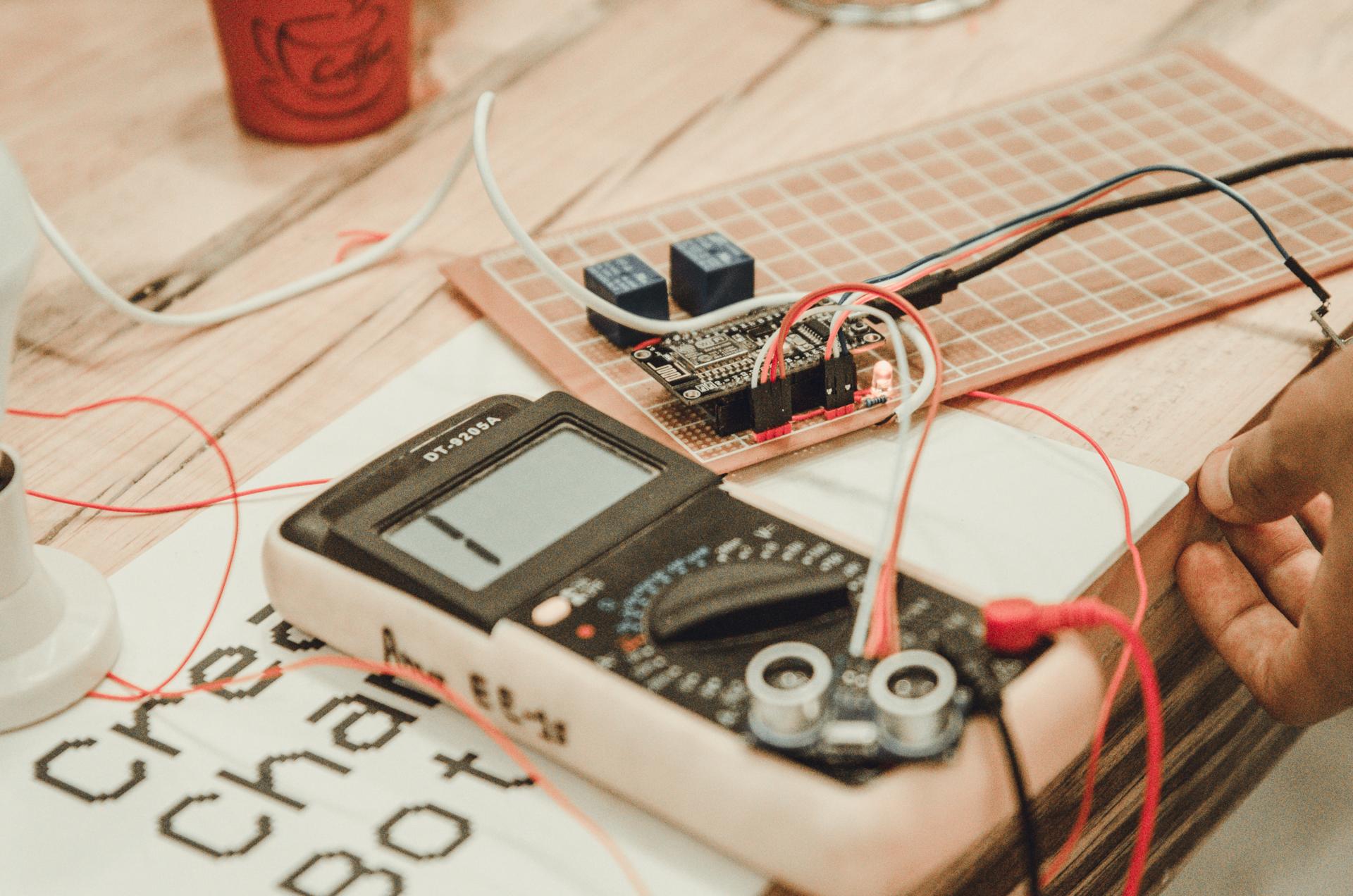Don't Risk Your Safety: Here's How to Perform an Electrical Safety Test at Your Place.

When it comes to home safety, one of the primary aspects to be considered is electrical safety. Testing for electrical safety is the procedure of testing the electrical system in your home to be sure that it’s safe and current. In this article we’ll give you information on what electrical safety tests are, what tools you’ll need to conduct them, how to carry out the tests and the warning signs to be on the lookout for.
What is what is an Electrical Safety Test?
An electrical safety test is the process of checking the electrical system in your home to make sure it’s functioning safely and correctly. Safety tests for electrical appliances are crucial as they can in preventing electrical fires and electrical accidents and also ensure the long-term durability of your electrical system.
Tools Needed to conduct an Electrical Safety Test
In order to conduct an electrical safety test, you’ll need some essential equipment. They include the voltage tester and a continuity tester a circuit tester, along with an outlet tester. The voltage tester is used to look for live circuits, while the continuity tester checks for broken circuits. The circuit tester is utilized to look for wiring issues, and outlets testers are used to detect wiring issues at the outlets. It is crucial to use the tools correctly in order to obtain exact results.
How do I Conduct an Electrical Safety Test
To conduct the electrical test inside your home take these steps:
Shut off the power supply for the circuit that you’re testing.
Utilize the voltage tester to look whether there are live circuits.
Make use of the continuity tester to check for damaged circuits.
Utilize the circuit tester to test for any wiring issues.
Use the outlet tester to look for electrical problems within the outlets.
During the process of testing, be sure to look for any indications of wear or damage on the wiring that could indicate frayed or broken wires, burn marks, as well as loose or damaged connections. If you find any issues that need attention, you must address them as soon as possible to avoid potential hazards.
The Signs of Electrical Issues to Look Out For
There are a variety of warning signs that could signal electrical issues in your home. These include flickering lights frequently tripping the circuit breaker, buzzing or crackling sounds emanating from outlets, outlet that are hot or discolored and a smell of burning. If you spot any warning indicators, you must get to work immediately to avoid possible electrical hazards.
Conclusion
Tests for electrical safety are vital for ensuring your safety and family. By performing regular tests and addressing any issues promptly, you can avoid potential dangers to your electrical system and prolong the lifespan of your electrical system. If you require assistance in electrical repairs or testing do not hesitate to call Local Electrician Minto. Our team of experts can provide you with expert guidance and support. Contact us at 1300 610 481 to schedule an appointment or request a quotation.
FAQ Section
How often should I conduct an electrical safety test at my home?
We suggest conducting tests of electrical safety at least once per year.
Do I have the ability to conduct an electric safety check on my own or do I need the help of a specialist?
While you can perform tests for electrical safety yourself but it’s best to hire a professional to ensure accurate results and avoid potential hazards.
Are there any common electrical problems that can be found during an electrical safety test?
The most frequently-repeated electrical issues found during a safety test include faulty wiring, overloaded circuits and obsolete electrical systems.
What do I do if find an issue during the electrical safety test?
If you find an issue during the electrical safety test, it’s important to act immediately. This could include getting a professional electrician to resolve the issue or replacing damaged equipment.
